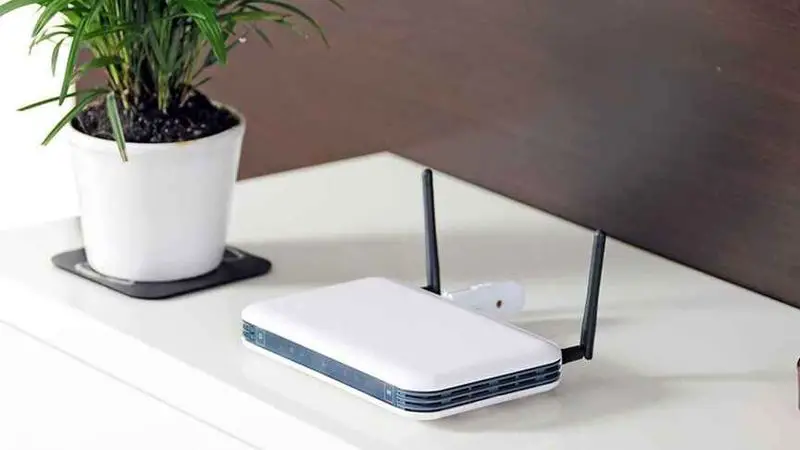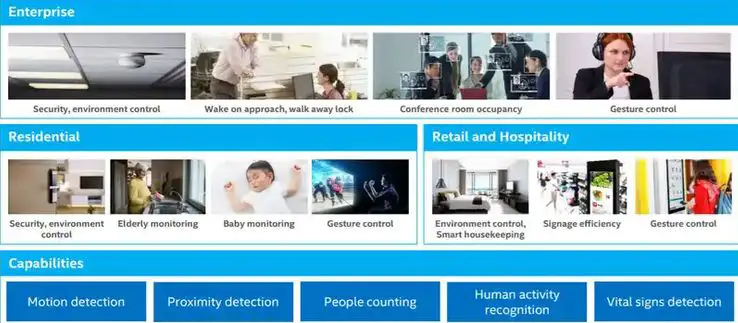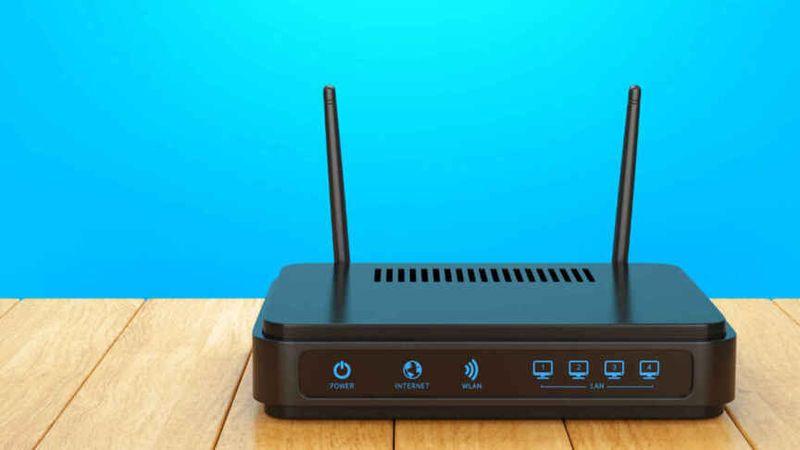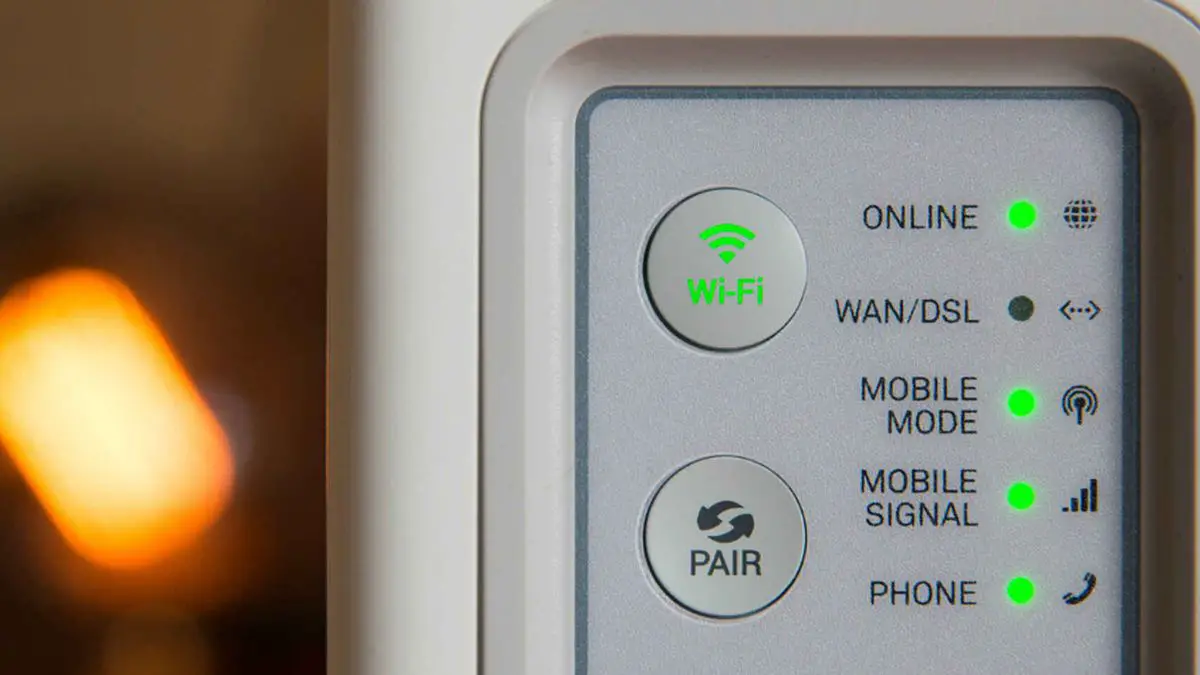In this article, we’ll talk about the future of wireless connection, Wi-Fi 7. This technology could offer higher transmission speed and lower latency, making it possible to connect to two access points (APs) at the same time.
This is the future of Wi-Fi 7 technology
With a little research, you can see that how unfamiliar most consumers are with the different generations of Wi-Fi and what they have improved. The wireless connection is really important because we use a lot of devices that connect to the intent at our homes, offices, and even in public spaces.
As the number of internet-connected devices and online services increases, so does the wireless network’s workload. For this reason, the development of the Wi-Fi 7 technology is more than necessary.
Wi-Fi 7 will offer higher speeds
Although the official release date has not been set, certain reports claim that Wi-Fi 7 will include various changes. The new wireless networking standard will be called 802.11be, although the new nomenclature makes it easier to recall and identify which devices are compatible with Wi-Fi 7.

It’ll be able to send data at up to 30GB per second (Gbps), more than double the 10 Gbps that Wi-Fi 6 is currently capable of.
The capacity of a wireless network in households and businesses would approach that of other non-wireless protocols such as USB 4, which reaches 40Gbps.
The new 4096-QAM modulation (Wi-Fi 6 uses 1024-QAM) is responsible for this increase in the transmission speed. In addition, it maintains the use of OFMDA or “Orthogonal Frequency Division Multiple Access” technology. This makes it possible to send data from several users simultaneously, like a van carrying several packets on each trip instead of just one.
In addition to this technology, MLO (‘Multi-Link Operation’) allows different channels to be used to send the same information, ensuring low latency by using several bands at the same time.
According to the presentation of Intel, Wi-Fi 7 will simultaneously use 2.4GHz, 5GHz, and 6GHz channels. Another change that will improve network performance is the width of the channels, which will double from 160MHz in Wi-Fi 6E to 320MHz with the new standard. There will be three non-overlapping channels within the 5.925GHz to 7.125GHz frequency ranges.
The last standard introduced, Wi-Fi 6E, was the first to cover this 6GHz spectrum, while its predecessor Wi-Fi 6 incorporated the 2.4GHz and 5GHz bands for the first time. The lower frequency bands tend to have lower speeds, but cover longer distances and pass through walls better, so it is a good thing that the new protocols know how to combine the two. Wi-Fi 7 will work between 2.4GHz, 5GHz, and 6GHz as it suits you at any given moment.
Wi-Fi 7 will offer lower latency
With the arrival of Wi-Fi 6 and 6E, new standards are currently being deployed in the market. For years, Wi-Fi 4 and 5 integrated MIMO (Multiple-Input Multiple-Output), but in the new wireless network generations, MU-MIMO (Multiple-User Multiple-Input Multiple-Output) has been integrated.
MU-MIMO allows a single access point to send and receive data from several devices at the same time, instead of communicating with them one at a time. With this improvement, manufacturers have been able to integrate up to 8 antennas in the access points. But if all goes according to plan, by 2024, this protocol will evolve again.

In the next three years, we will be talking about CMU-MIMO (Coordinated Multiple-User MIMO). There will be an increase from eight to sixteen antennas, with some of them not having to be at the same access point. In other words, the smartphone will be able to connect to two access points within the same space and achieve higher speeds without changing the name of the Wi-Fi network.
Many users may think that in their homes there is no space to need two access points, which in homes is equivalent to having two routers, but this new technology would be useful in public spaces such as airports or offices.
Wi-Fi 7 will offer the ability to detect motion
Wi-Fi 7 will be based on the IEEE 802.11be Extremely High Throughput (EHT) protocol with a focus on significantly improving the performance of wireless networks over current standards. However, these improvements are not the only ones on the horizon.
Wi-Fi Sensing (802.11bf) will offer new capabilities that were unthinkable until now, the detection of movement and location of devices.

Using Wi-Fi signal interference, the SENS technology will be based will be able to measure the range, speed, direction, movement, presence, and proximity of people and different objects, whether connected or not.
Another ArXiV paper details the qualities of this new phase that will turn the Wi-Fi network into something more than a simple communication method and will become part of the home security system. They will serve as an alarm system and can be turned off automatically when they detect that no one is at home.

Wi-Fi Sensing will work in the 2.4GHz, 5GHz, 6GHz, and up to 60GHz bands. In this last frequency band, the IEEE foresees that this technology will be used for gesture recognition with gaming applications, services, and enhanced remote health monitoring, among other tasks.
Until the release of both standards, Wi-Fi 7 and Sensing, in 2024, several details will need to be finalized and verified. Manufacturers are already working on chips that include these modifications, but it will take years to bring them to market.





